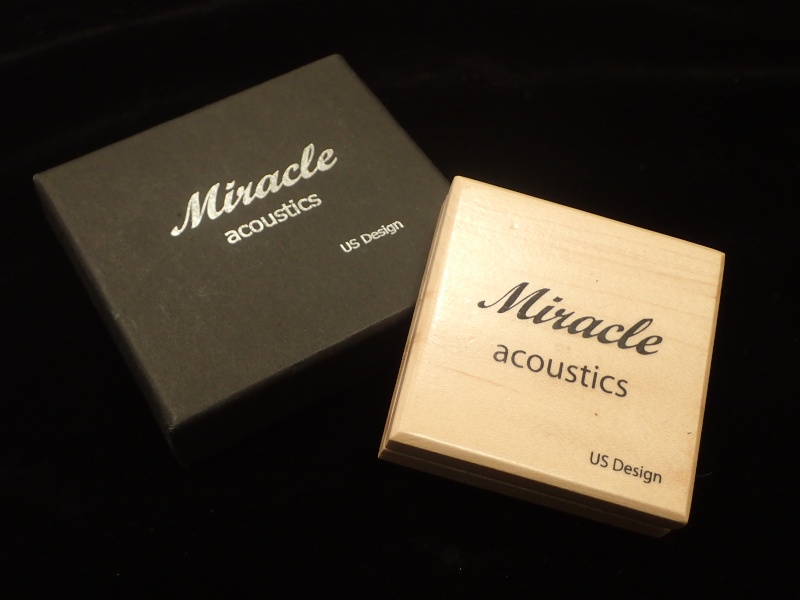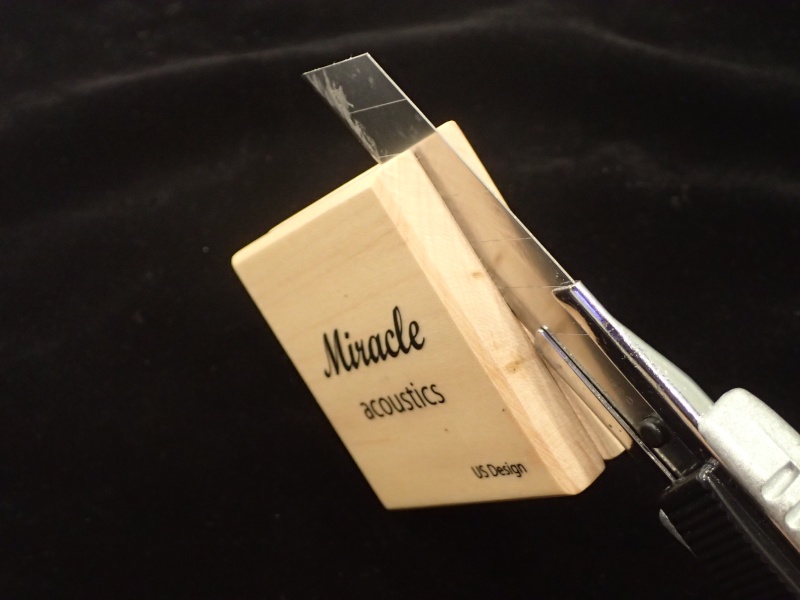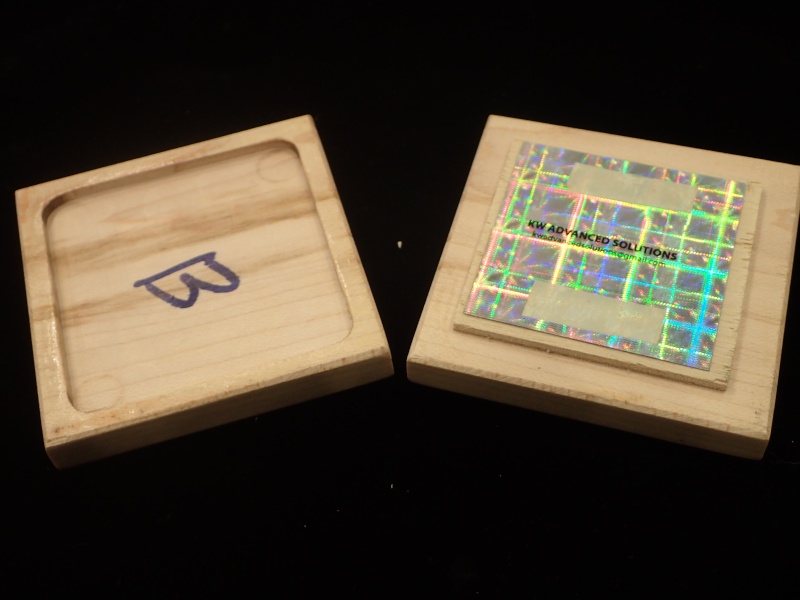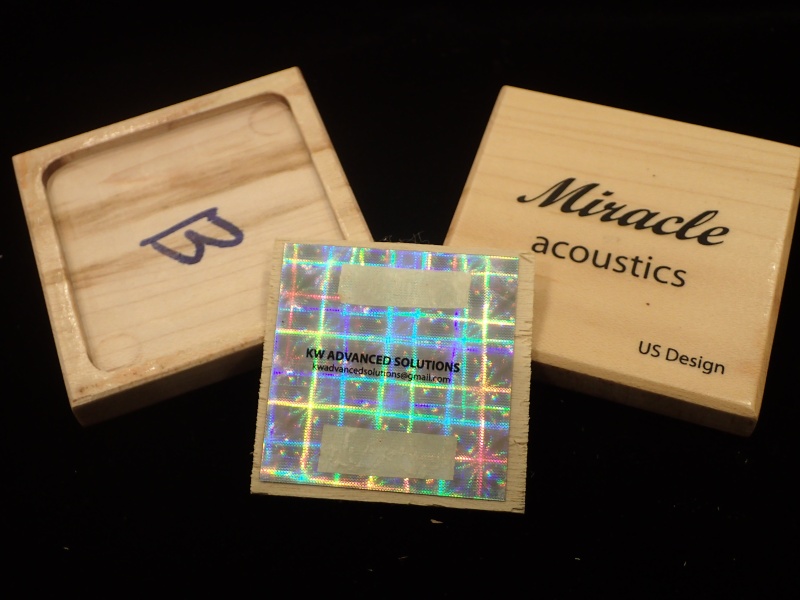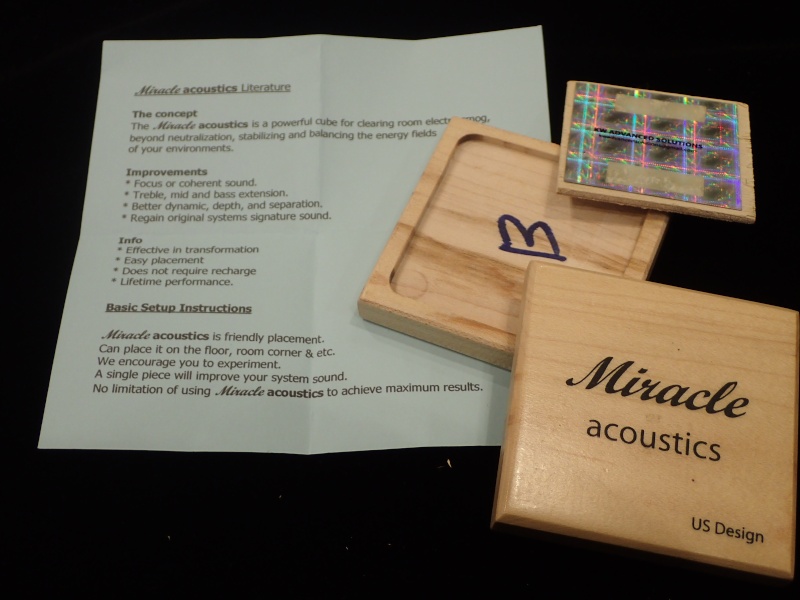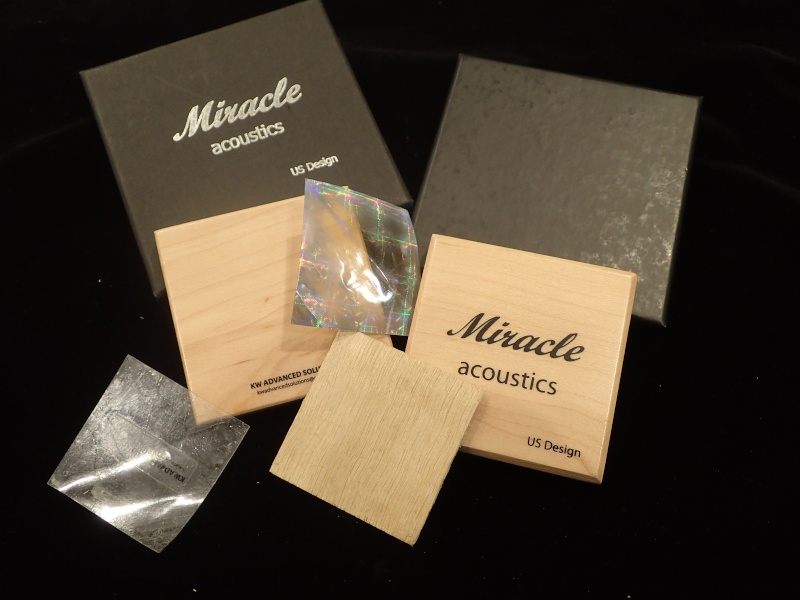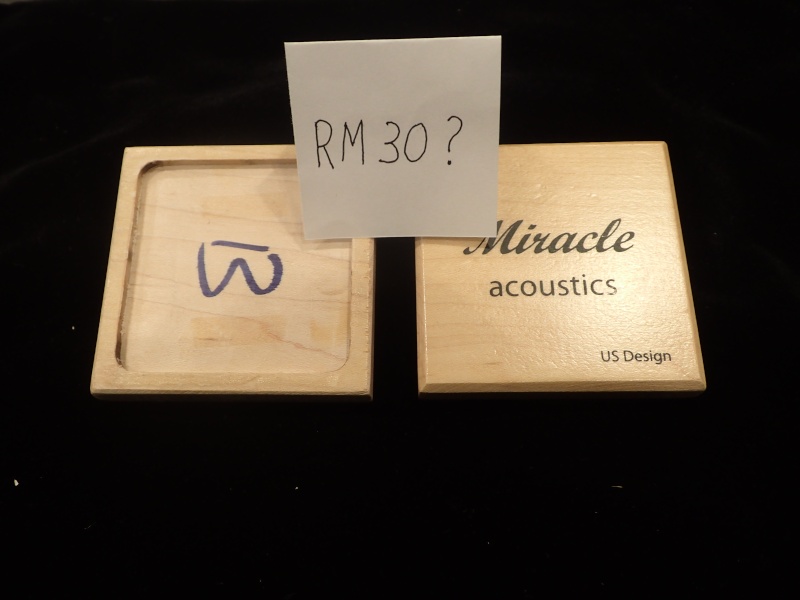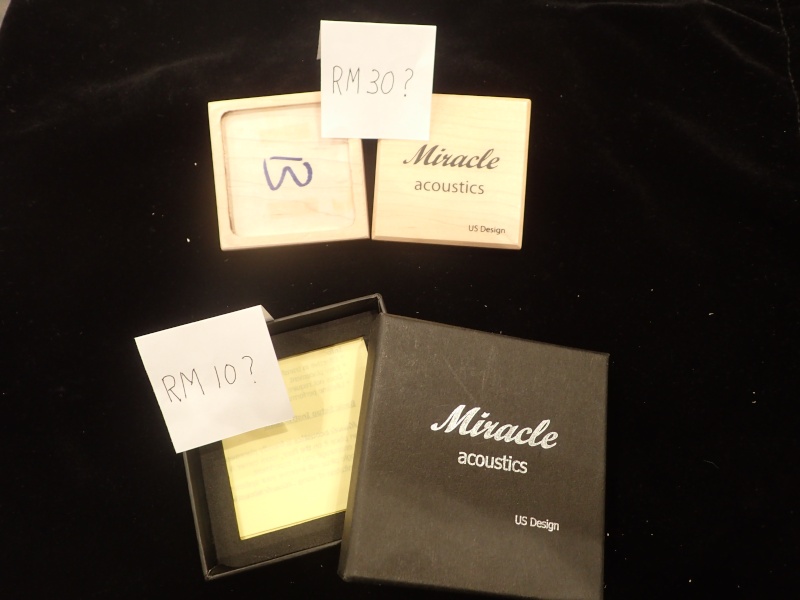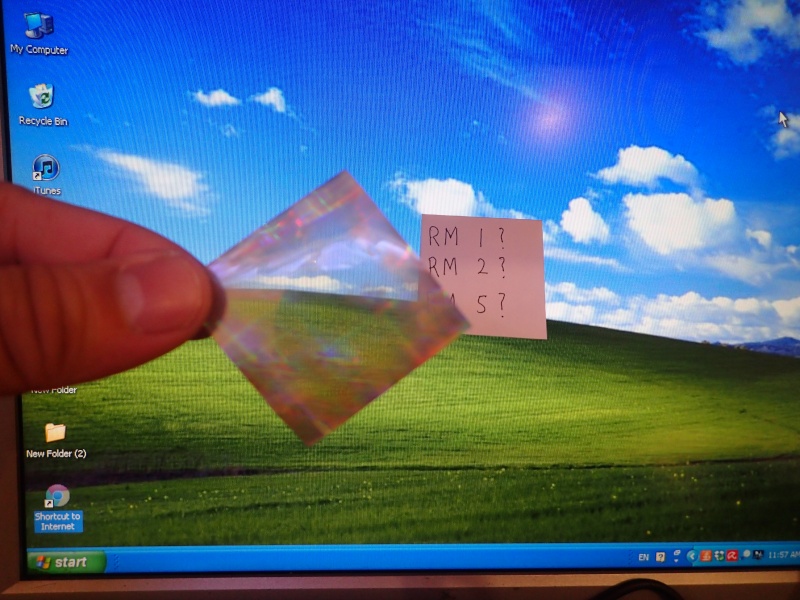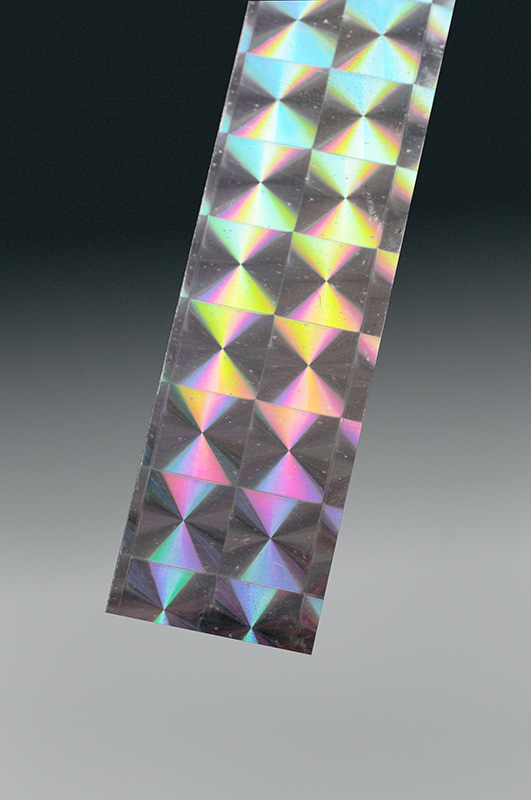Static has yin and yang.
Sometimes it can be utilised for curing your audio system.
I wrote about this in 2009
Funny thing happened on the way to sonic heaven
These days, in any room, in any system, if I can perceive imaging to be skewed towards the left, I'll wash the CD disc under tap water and then dab it dry with tissue paper and play the disc and it will usually cure the problem - snapping centre fill imaging right back to centre.
If I want a stronger remedy - the clear transparent cd jewel case still remains the best solution.
(The act of plugging a cd disc up from the jewel case - plastic rubbing against plastic - creates a very potent form of static, of which I've come to categorise as yin)
Sometimes, if I'm naughty, I bring a couple of CDs (that I've wiped with a dry cloth earlier) into a Hifi shop and ask them to play those discs. They never fail to make the system's imaging to become skewed towards the left.
Why always left?
I have no idea.
But it works everytime.







